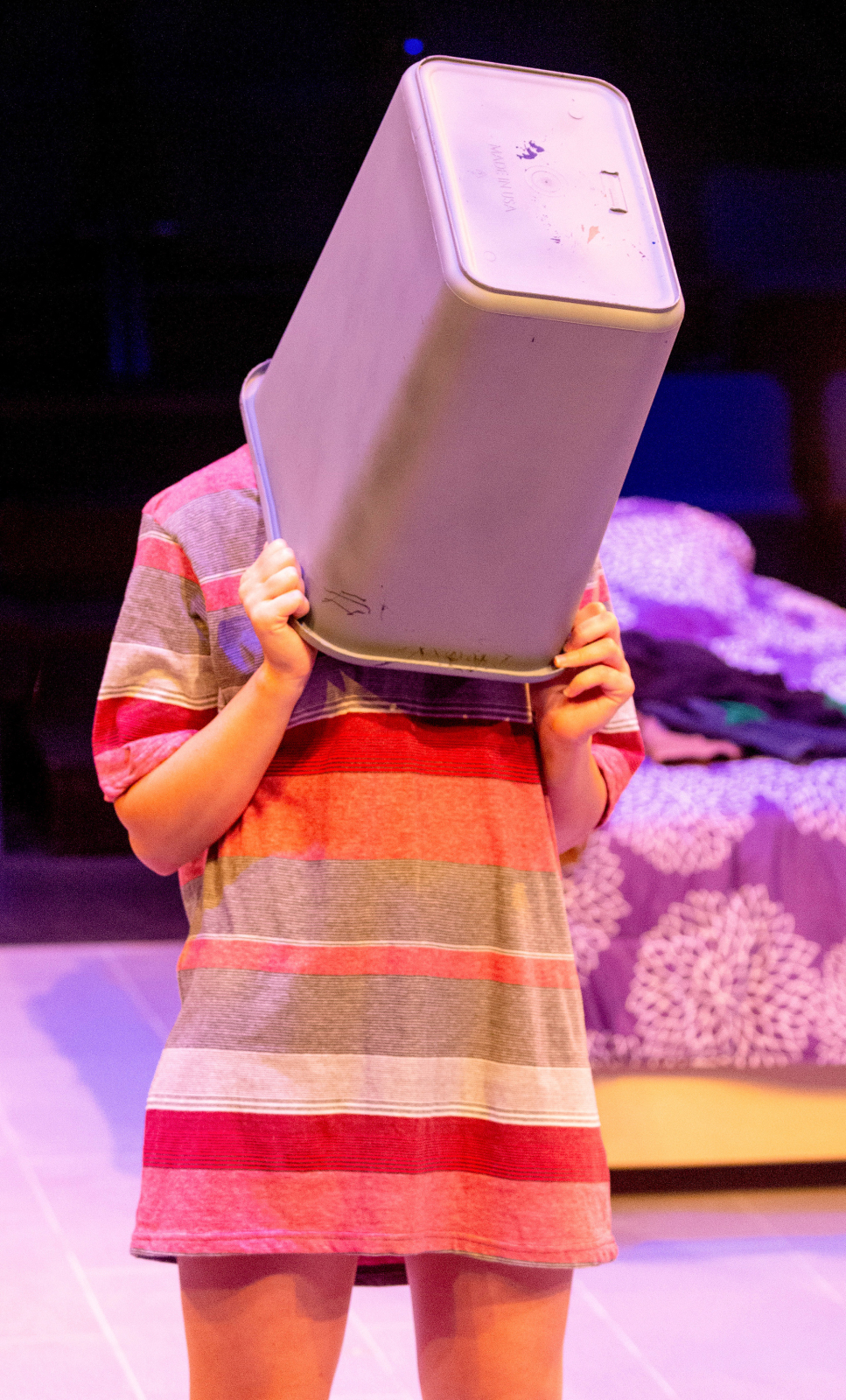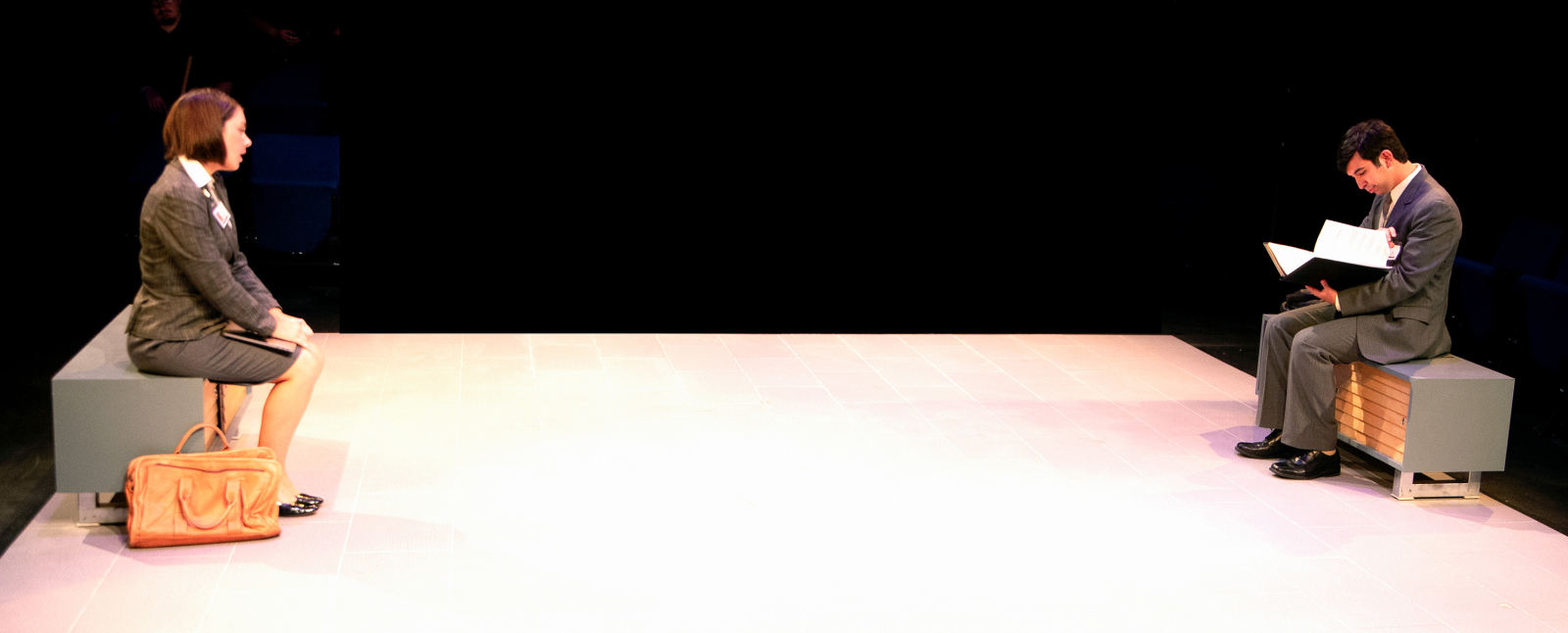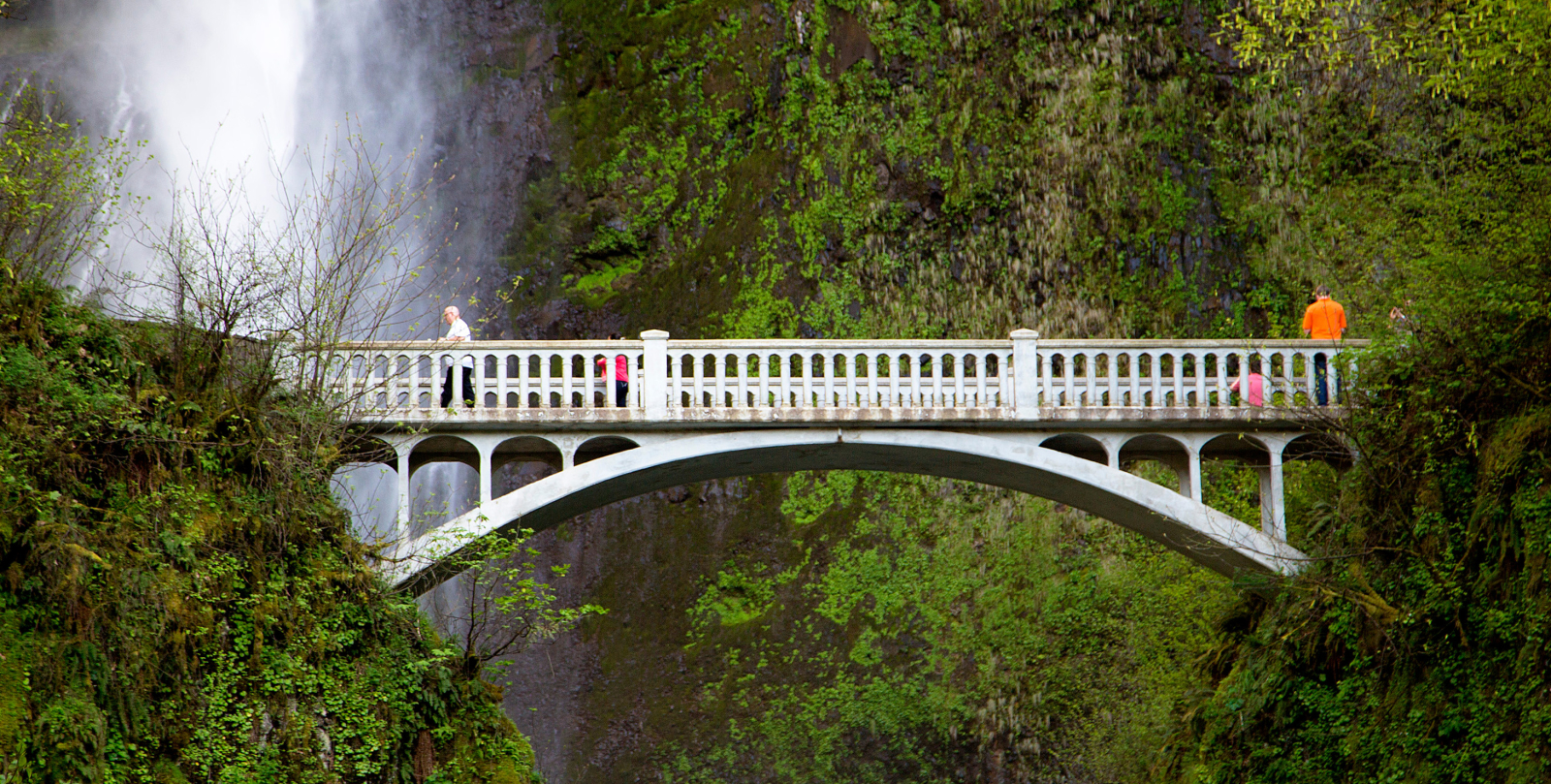The Pause
by Megan Cole
Today, the pause, a simple act of kindness. The University of Houston presents this series about the machines that make our civilization run and the people whose ingenuity created them.
I am here today to recommend The Pause as a vehicle for staying calm in the face of, well, practically anything that interrupts our dream of perfect serenity. [You remember that dream?]
The pause is the key mechanism for briefly checking in with ourselves to see if we're behaving as we want to -- and should -- behave. "What's happening here?" we ask ourselves. "Is this what I intend? If not, what can I do about this?"

Might we have our head in the sand?
The pause is a tiny bridge that separates impulse from response, and it's that space that allows us to be in control of our behavior. Put it this way: If we want to behave intentionally, we need to make room to have the intention, and that's the pause.

I use the pause a lot (unless I forget, as I did only yesterday morning):
- before answering the phone, for example
- before entering a space where the stakes are high
- before talking to people whose natural rhythms are slower than mine
- before getting annoyed with someone whose dubious views are different from mine (this is a hard one)
Here's how it works, in order:
1. Pause: Stop in your tracks, mentally
2. Breathe: Take a single breath, fast or slow, whatever you have time for
3. Let Go: Consciously relax your facial muscles. This step is critical, since the pause can only do its work in the presence of an untroubled expression.
Pause. Breathe. Let Go. Four little words. And now we're ready to choose our behavior, or at least we have a fighting chance to do so.
"Well, duh," you say, "that's what I already do; it's obvious." Well, yes and no. What I'm suggesting here is formalizing a behavior that's easy but inconstant. Pausing to collect ourselves, in the interests of good and kind behavior, is too important to be left to the vagaries of memory.
Because what we're doing here is leaving behind, on purpose, a reactive part of ourselves that could easily be harmful to what's just ahead of us.
When impulse and response are allowed to run together, as they often are, as I did yesterday morning, we're at risk of blundering ahead with our own agenda, treading on others' toes, burning bridges right and left, creating havoc and mayhem. [You remember havoc and mayhem?]
Pause, breathe, let go. It's a little mantra. It's also simply a good habit that takes no time at all.

Let us build the bridge between us.
So the pause, that simple act, is our friend who lets us remember who we are at our best. [You remember your best? Of course you do.]
I'm Megan Cole for the University of Houston, and I'm interested in the way inventive minds work.
Stone, Douglas, Bruce Patton, Sheila Heen. Difficult Conversations: How to Discuss What Matters Most. (New York: Penguin Books, 1999).
Spiro, Howard, Mary G. McCrea Curnen, Enid Reschel, Deborah St. James, eds. Empathy and the Practice of Medicine. New Haven: Yale University Press, 1993.
Hagen, Uta. Respect for Acting. New York: Macmillan Publishing Co., 1973.
Photos by J H Lienhard. The first two show actors Jessie Hyder and Jordan Tannous from Main Street Theater's performance of Tom Stoppard's play, "The Hard Problem". The bottom photo is the bridge between the upper and lower portions of Multnomah Falls in Oregon.
This episode was first aired on January 3, 2023.